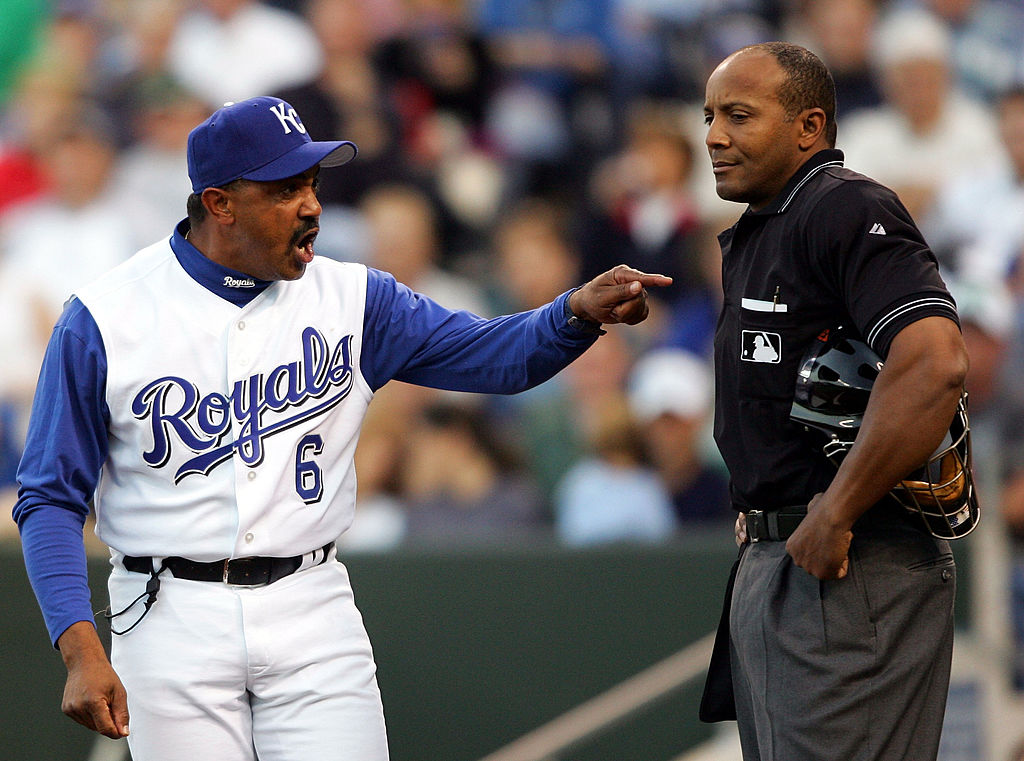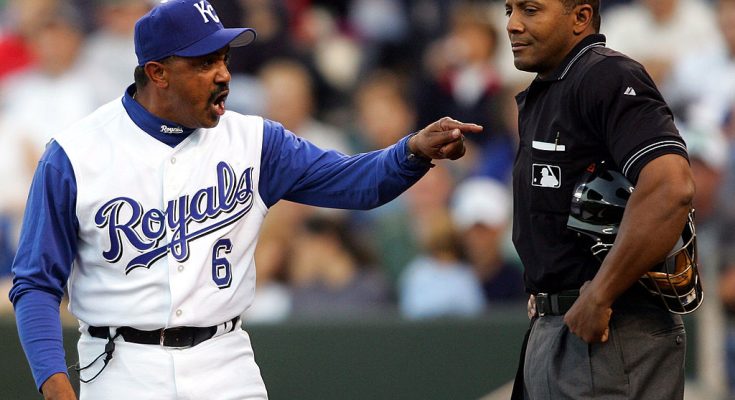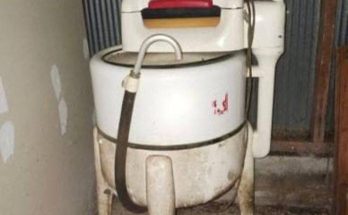This is a test of the Automatic Ball/Strike Challenge System. This is only a test.

Major League Baseball announced yesterday that 2025 Spring Training games played in 13 parks in Arizona and Florida will use HawkEye technology — the same system used to review line calls in tennis — to determine whether a pitch was a ball or strike when either the batter or the pitcher requests a review.
Each team will have two challenges at the start of the game, and similar to replay reviews, a team that successfully challenges a call will retain their challenge. But unlike replay reviews, which take an average of almost two minutes, ABS challenges will be nearly immediate, with the average challenge during minor league testing taking 17 seconds according to MLB.com’s Anthony Castrovince.
Above all, umpires, like officials in any sport, want to “get it right,” and while every umpire or referee knows that they’re not going to get it right 100% of the time (Pat Hoberg, who famously got all 129 ball/strike calls correct in Game Two of the 2022 World Series, won’t be walking through that door), they do the best they can, given the circumstances.
Some are going to be better than others, but at the MLB level, the umpires calling balls and strikes are pretty dang good, and the numbers bear that out.
According to Umpire Scorecards, which tracks the accuracy of ball and strike calls across MLB, the average expected accuracy (the number of expected correct calls divided by the total number of ball/strike calls) is just under 94% — meaning that approximately six in 100 ball/strike calls are expected to be incorrect.
Of the 90 different umpires who worked behind the plate during MLB games during 2024, none had a “perfect game,” where they got every single ball/strike call correct, but 10 — Gabe Morales, Quinn Wolcott, Alex Tosi, Adam Hamari, Chad Whitson, Will Little, Nestor Ceja, Ben May, Sean Barber, and D.J. Reyburn — each had at least one game where they called balls and strikes with better than 99% accuracy. May did it twice, getting 99.1% of his ball/strike calls right on April 18 when the Los Angeles Angels visited that Tampa Bay Rays and 99.2% of his calls right on June 23 when the Arizona Diamondbacks visited the Philadelphia Phillies.
And what about their worst games? More than a third (34-of-90) of umpires who worked behind the plate were better than 90% in their worst game of the year. Only two umpires — Roberto Ortiz and John Bacon — had were less than 85% accurate in their worst games. Bacon got 84.7% of his calls right behind the dish on June 26 when the Oakland Athletics played the Los Angeles Angels in Anaheim, and in a bizarre coincidence, Ortiz got 84.5% of his calls right in Anaheim on June 27 — the very next day — when the Detroit Tigers came to town. Those were the two least accurate days for a plate umpire in MLB last season.
Over the past 20 years, starting with the introduction of QuesTec and later PITCHf/x and TrackMan, systems designed to gauge the accuracy of ball/strike calls, MLB has greatly improved the consistency and accuracy of umpires working behind the plate — not only in making the umpires more consistent game-to-game, but making the strike zone far more consistent across the entire MLB umpiring staff.
The introduction of ABS challenges retains the human element to calling balls and strikes while also helping to further sharpen the abilities of MLB’s umpires.
And having limited ABS challenges to ball/strike calls isn’t going to increase the length of MLB games significantly, unless an umpire is having a historically bad day behind the plate, with repeated challenges to calls upheld.
Players will have to be judicious in deciding when to use their team’s two challenges, likely retaining them until crucial points in the game — for example, there’s far more value in challenging a close call with two outs and runners on that would end an inning late in the game than challenging the call on the first pitch of an at-bat in an early inning.
And while this test will not be extended beyond Spring Training games in 2025, it could be coming to the regular season, and if it does, I, for one, welcome our robotic umpire overlords.
The men working behind the plate just want to get their calls right as much as possible, and ultimately, the ABS challenge system will help them do so.



